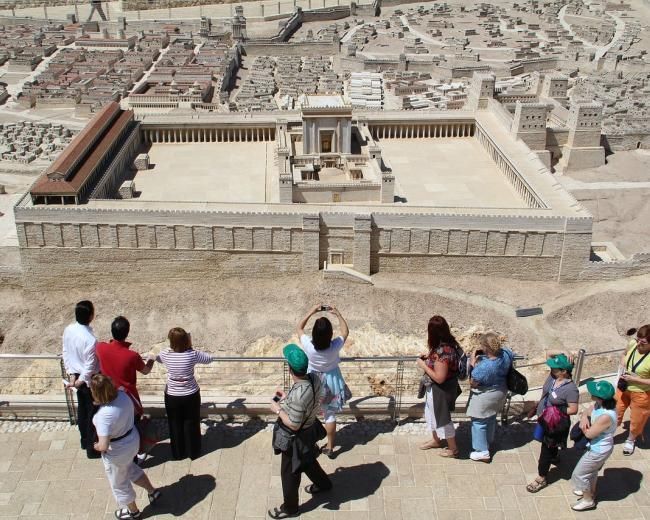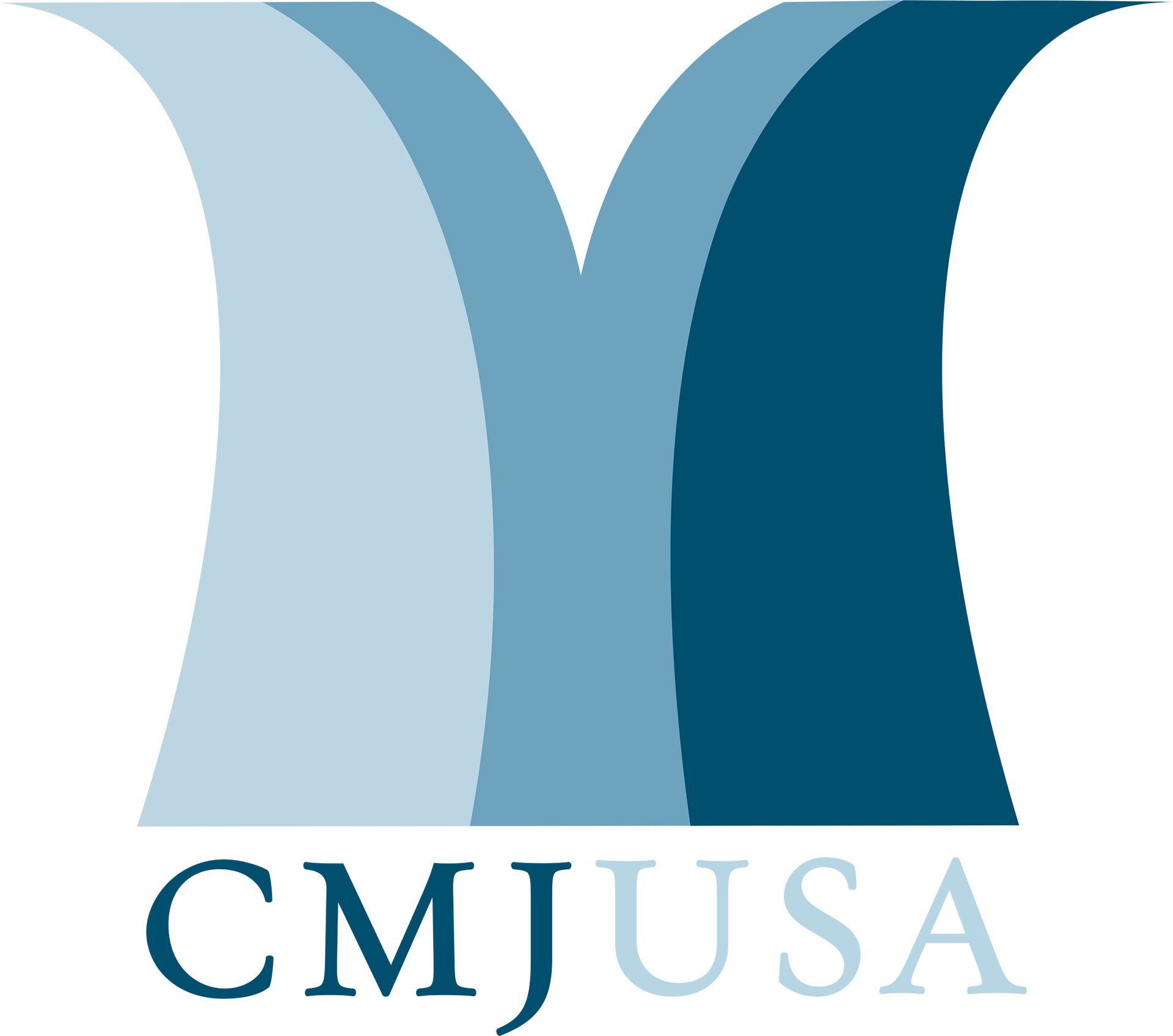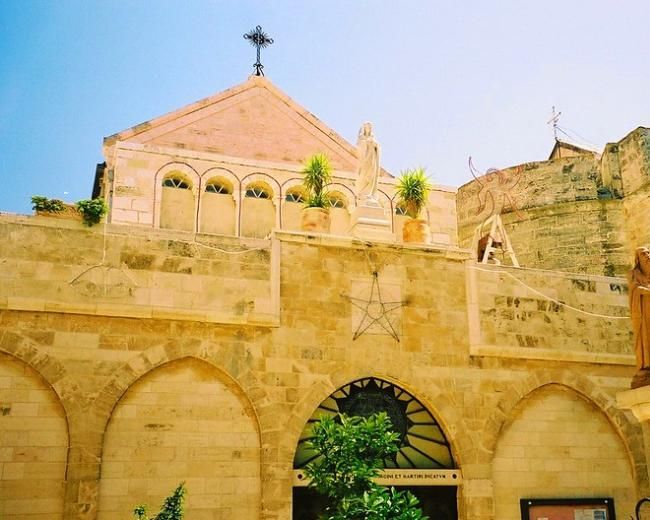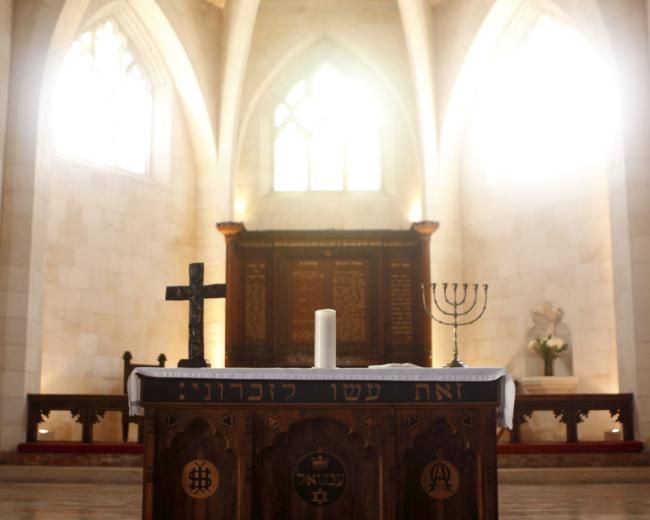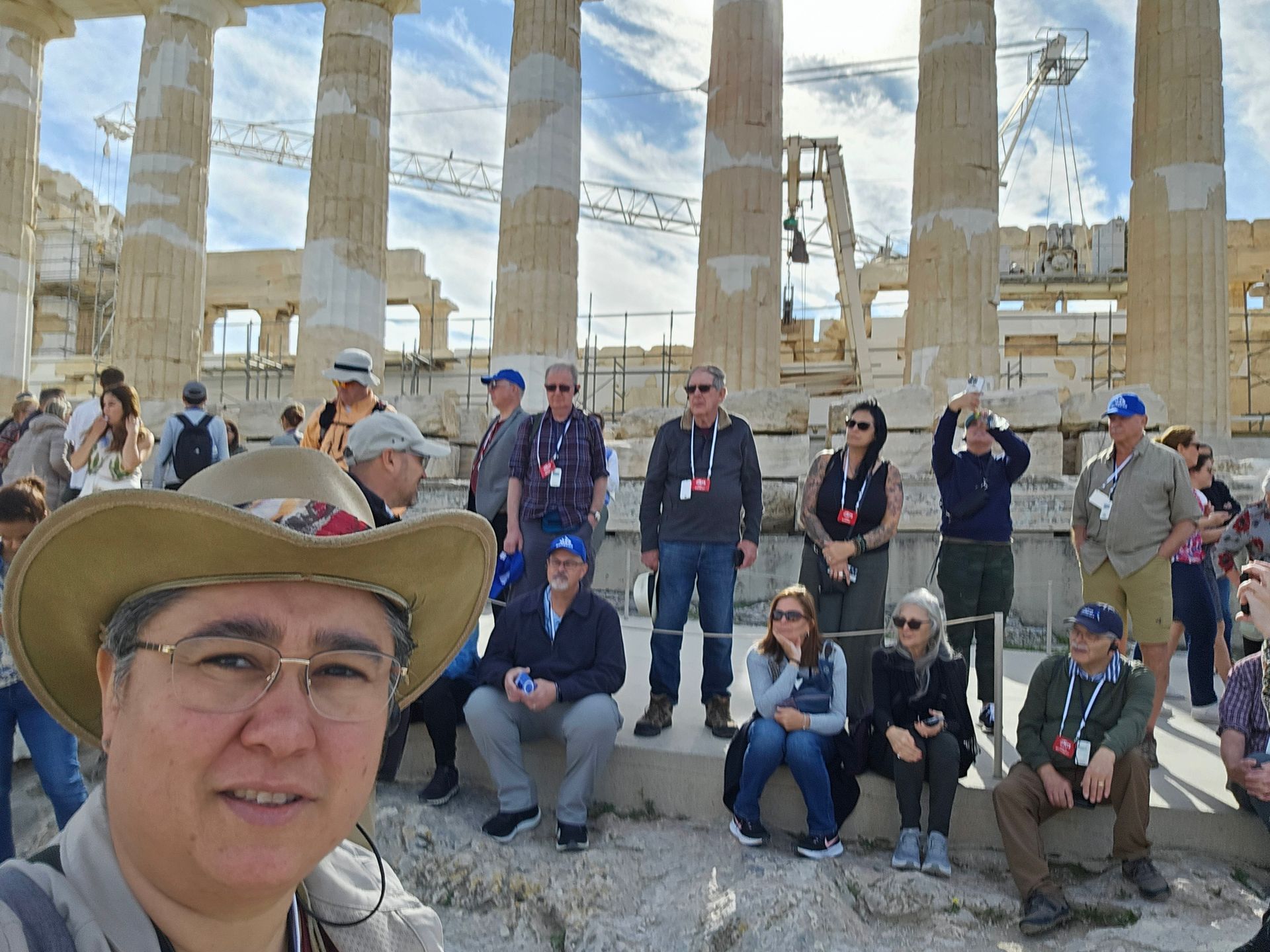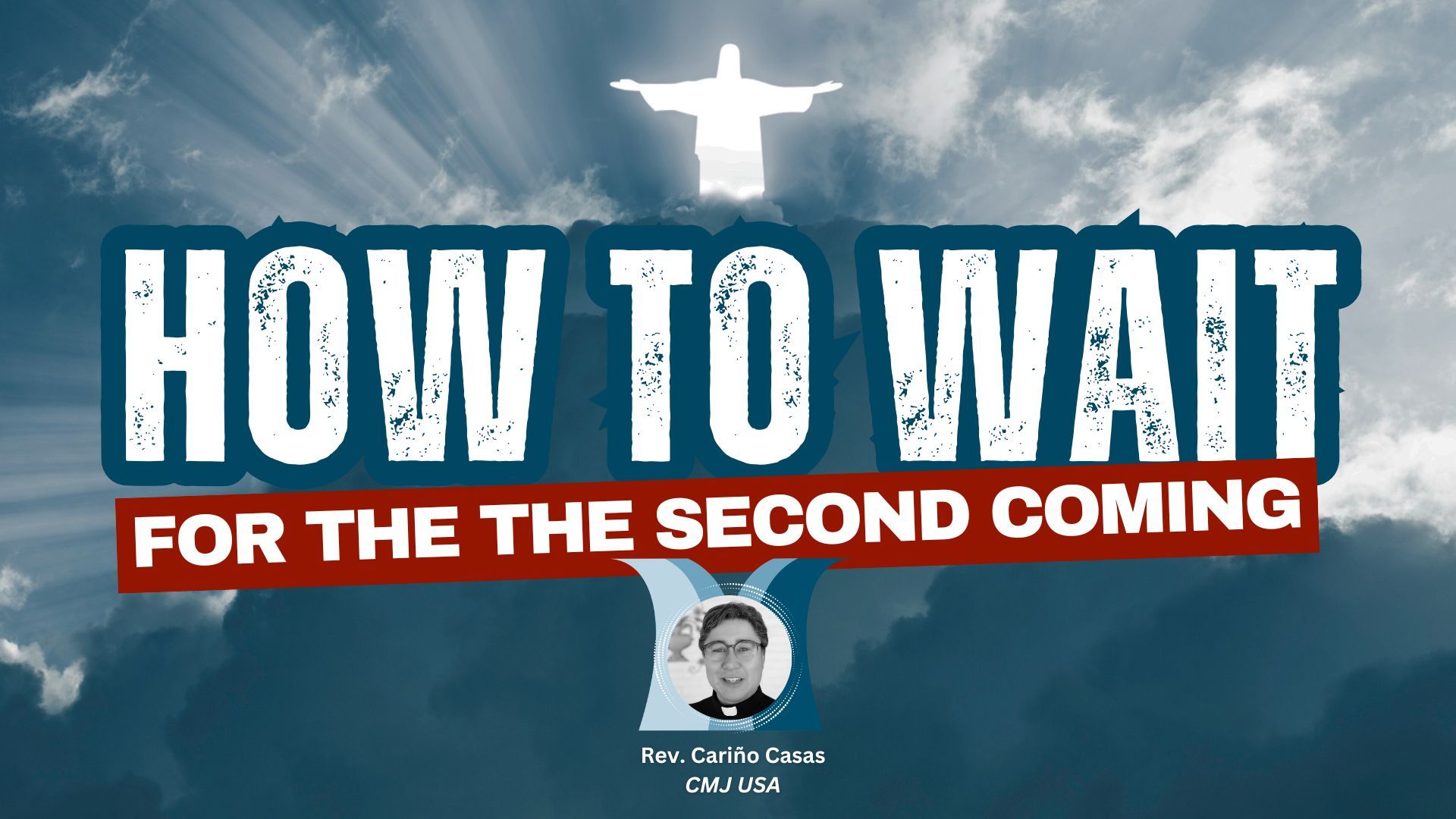Somebody once said that in some parts of the world there are “thin places” where heaven and earth come close together. These are places where the distance between heaven and earth seems to shrink and we able to catch glimpses of the divine, or the transcendent, or, as I like to think of it, the infinite. There are many such places in the Biblical narrative, and we visited quite a few during our time in the land called Holy. One of the more delightful is the Chapel of the Ascension on the Mount of Olives, where Jesus is reputed to have ascended into heaven. When the chapel was first constructed it had no roof and was open to the sky so that there could be no obstacle for the heavenly journey!
I was regaling my mother with some of our experiences, and my enthusiasm must have been a little too overwhelming for her. When I paused in my story to take a breath, she interjected, “Of course you enjoyed yourself there—your great-grandfather was a Jew!”
I was both delighted and surprised, because this was a part of the family history never before revealed. “Why haven’t you ever told me this before? I asked. “Because you never asked.” This immediate reply prompted a few more questions and I eventually found out that George Minns, my father’s grandfather, was an observant Jew. His son, my grandfather, had died when my dad was just two years old. This was before the days of social welfare, and my aunt often took my dad to visit his grandfather and other relatives on the Sabbath, to receive the Shabbat offering to help support them both. I was even able to locate an old photograph of one of these visits. It helped me appreciate my very personal Jewish heritage. Perhaps my mother was right – it could well explain something of my fascination for the people of the Land.
